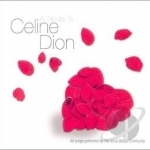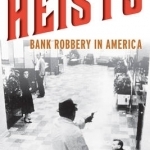
A History of Heists: Bank Robbery in America
Book
No crime is as synonymous with America as bank robbery. Though the number of bank robberies...
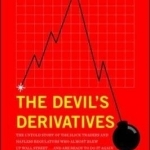
The Devil's Derivatives: The Untold Story of the Slick Traders and Hapless Regulators Who Almost Blew Up Wall Street... and are Ready to Do it Again
Book
A compelling narrative on what went wrong with our financial system--and who's to blame. From an...
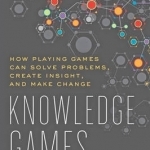
Knowledge Games: How Playing Games Can Solve Problems, Create Insight, and Make Change
Book
Imagine if new knowledge and insights came not just from research centers, think tanks, and...
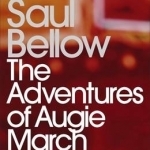
The Adventures of Augie March
Christopher Hitchens and Saul Bellow
Book
Saul Bellow's American masterpiece, The Adventures of Augie March includes an introduction by...
Retirement System Risk Management: Implications of the New Regulatory Order
Olivia S. Mitchell, Raimond Maurer and J. Michael Orszag
Book
In the wake of the worst financial crisis since the Great Depression, lawmakers and regulators...
Kate Nash recommended track It's All Coming Back to Me Now by Celine Dion / Vocal Ballad Community in Tribute to Celine Dion by Celine Dion / Vocal Ballad Community in Music (curated)

Verne Sankey: America's First Public Enemy
Book
In late January of 1934, as authorities delivered John Dillinger to an Indiana jail, the United...
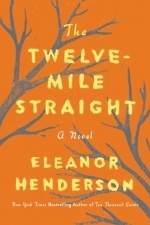
The Twelve-Mile Straight
Book
From New York Times bestselling author Eleanor Henderson, an audacious American epic set in rural...
historical fiction social issues
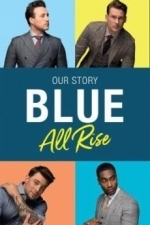
Blue: All Rise: Our Story
Duncan James, Simon Webbe, Antony Costa, Lee Ryan and Caroline Frost
Book
For the first time, more than 15 years after four boys from London were first thrown together to...
Biography music

All That Has Flown Beyond (Natural Magic #2)
Book
Kaiyo’s bloodline has been part of the Garrow pack for generations. He has been destined to be...
Paranormal M_M Romance

